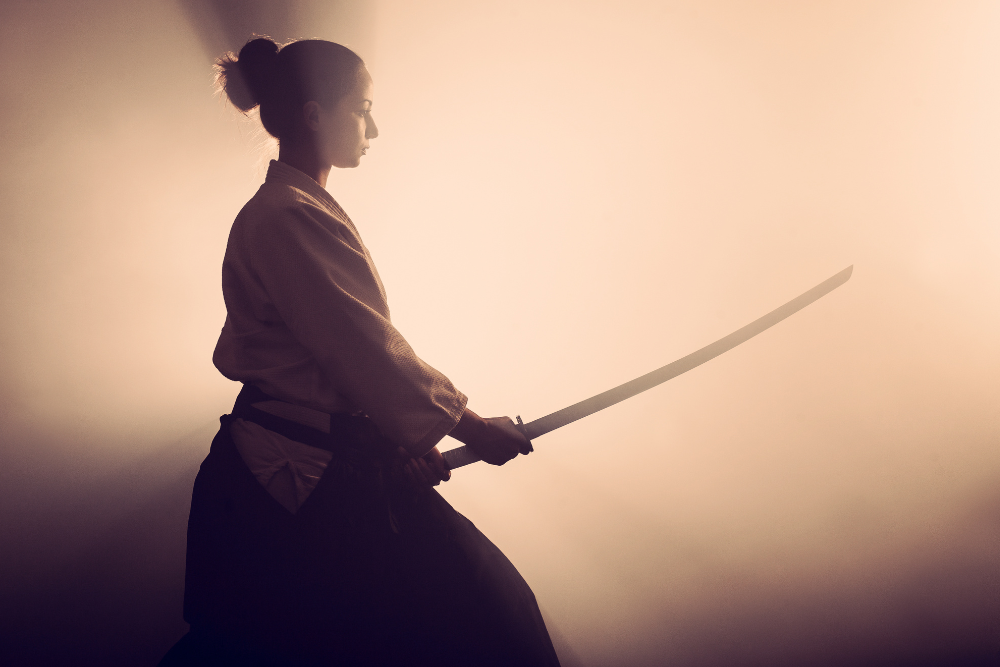Introduction
Samurai culture remains one of Japan’s most fascinating historical legacies. While the samurai era officially ended in the 19th century, its traditions live on through martial arts, historical reenactments, and sword-fighting schools across Japan. For travelers interested in immersing themselves in this ancient warrior tradition, taking a samurai sword-fighting class is an unforgettable experience.
In this guide, we’ll cover everything you need to know about taking a samurai sword-fighting class in Japan, including where to go, what to expect, and how to prepare for your training.
Understanding Samurai Swordsmanship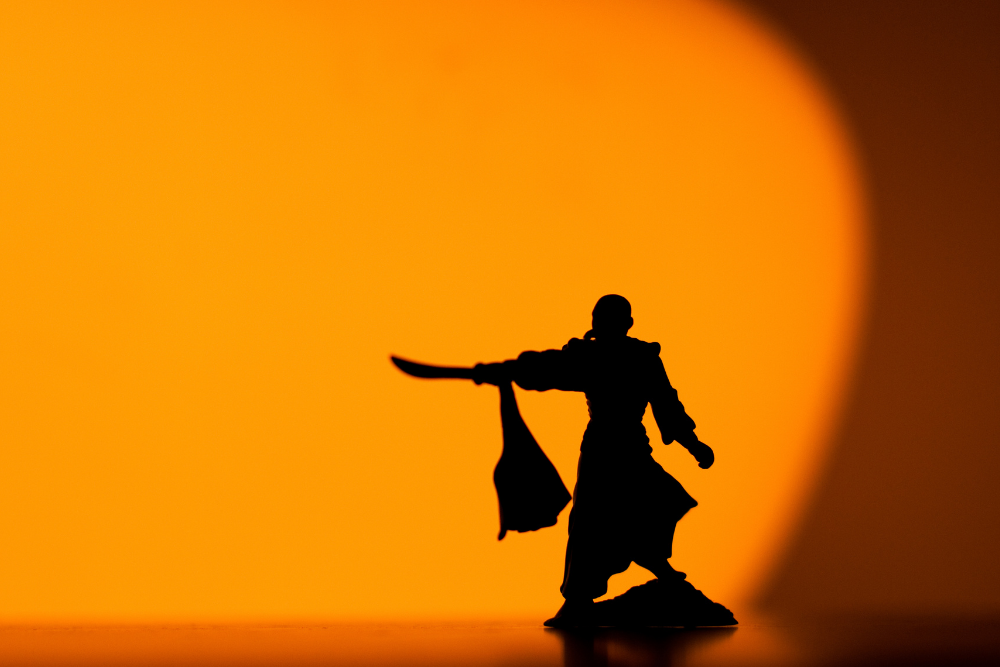
Samurai sword-fighting is deeply rooted in traditional Japanese martial arts, particularly:
- Kenjutsu (剣術) – The historical art of samurai sword combat.
- Iaido (居合道) – The practice of drawing, cutting, and sheathing a katana with precision.
- Kendo (剣道) – A modern, sport-based adaptation of samurai swordsmanship using bamboo swords.
- Tate (殺陣) – The choreographed form of sword fighting used in samurai films and theater.
Depending on your interest—whether historical accuracy, martial arts discipline, or cinematic swordplay—you can choose from different types of classes available across Japan.
Where to Take a Samurai Sword-Fighting Class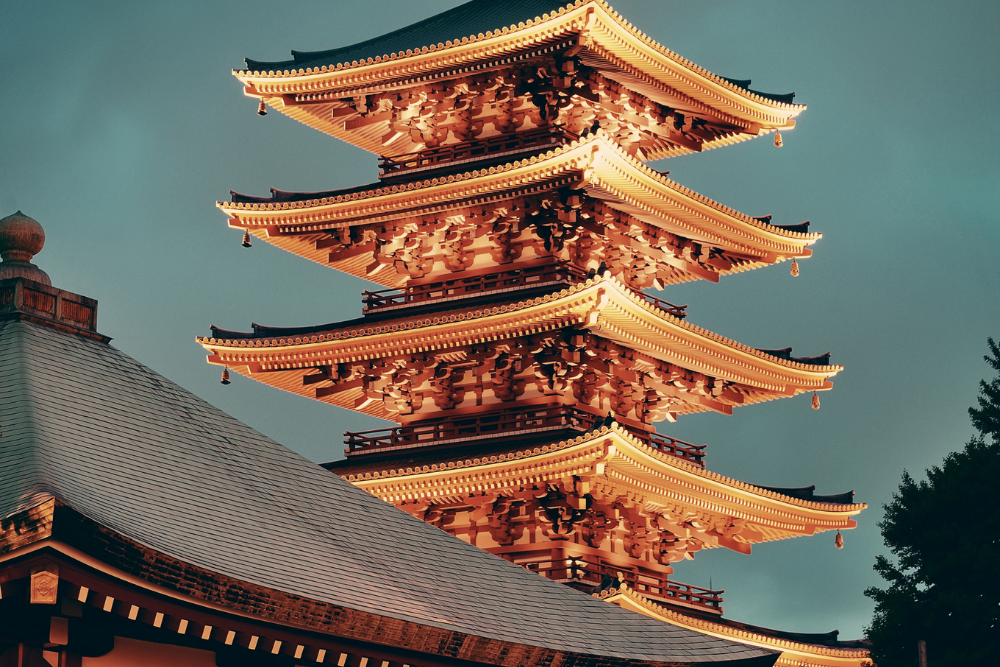
1. Tokyo – The Heart of Samurai Training for Tourists
Tokyo offers some of the best and most accessible samurai sword-fighting experiences for visitors. Many of these schools cater to beginners and include samurai history, proper sword-handling techniques, and action-packed demonstrations.
Top Sword-Fighting Experiences in Tokyo:
- Samurai Museum Experience (Shinjuku) – Hands-on katana lessons, armor-wearing, and historical insights.
- Tetsuro Shimaguchi’s Kengido Class (Shinjuku) – Led by the choreographer of Kill Bill, this class blends samurai technique with performance-based swordplay.
- Tokyo Samurai Kembu (Asakusa) – Offers a mix of Kembu (sword dance) and practical samurai techniques.
2. Kyoto – The Cultural Capital of Samurai Training
Kyoto, with its preserved history and temples, is an excellent place to experience traditional samurai training in an authentic setting.
Top Samurai Sword Classes in Kyoto:
- Samurai Kembu Theater – A full cultural experience with sword demonstrations, lessons, and performances.
- Tozando Dojo – A well-known store and training center specializing in Iaido and Kenjutsu.
3. Osaka – Learn Samurai Techniques with a Theatrical Twist
Osaka is home to some of the most entertaining and immersive samurai experiences. These often include interactive swordplay, staged fights, and historical storytelling.
Best Places in Osaka:
- Samurai Sword Fighting Dojo – A hands-on class where you can learn proper stances, strikes, and defense techniques.
- Osaka Samurai Cafe – A unique combination of dining and samurai sword performance training.
4. Other Locations for Samurai Sword Training
- Kamakura – Home to Kenchoji Temple, where visitors can practice Zen-focused samurai sword techniques.
- Hokkaido – Offers specialized training in northern-style samurai combat, particularly at historical samurai villages.
What to Expect in a Samurai Sword-Fighting Class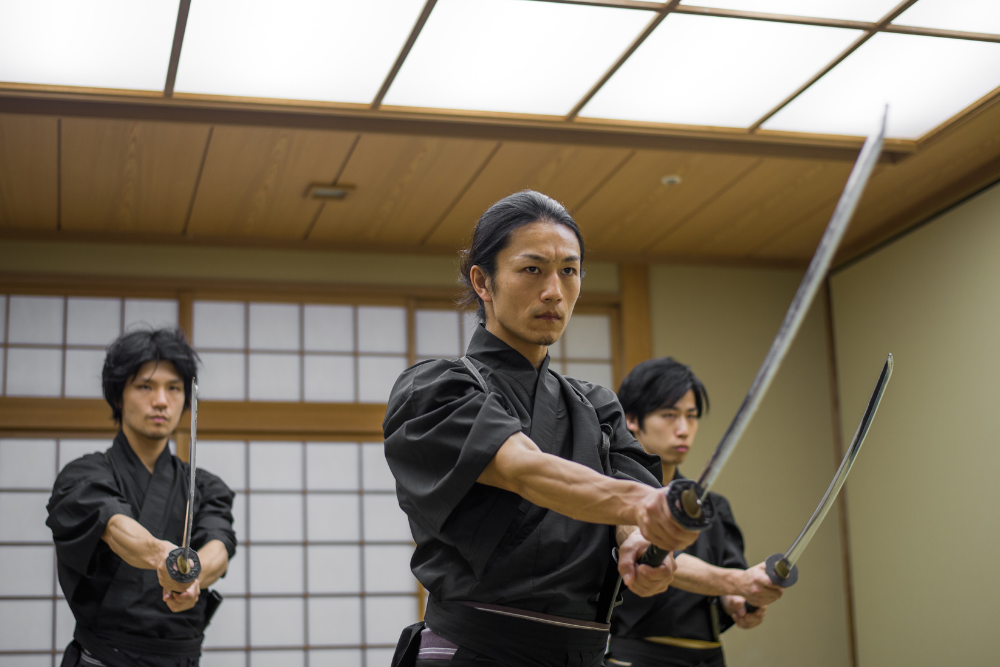
A typical samurai sword-fighting class is designed for beginners and lasts 1 to 2 hours. While some programs offer longer, more intensive training, most include the following:
1. Introduction to Samurai History
- Learn about the Bushido code (Way of the Warrior).
- Discover how samurai lived, trained, and fought.
2. Sword-Handling Basics
- How to hold a katana properly.
- Basic stances (kamae) and footwork.
- Cutting techniques (kihon waza) using a wooden or practice sword.
3. Learning Attack and Defense Movements
- Practice strikes, blocks, and counterattacks.
- Learn basic samurai combat sequences.
4. Performance and Choreography (Optional)
- Some classes incorporate Tate (choreographed fighting), commonly seen in samurai films and stage performances.
- Participants might perform a short fight scene as a final exercise.
5. Samurai Armor and Photo Sessions
- Some experiences provide samurai armor or kimono to wear during the training.
- Opportunity to take professional samurai-style photos.
How to Prepare for a Samurai Sword Class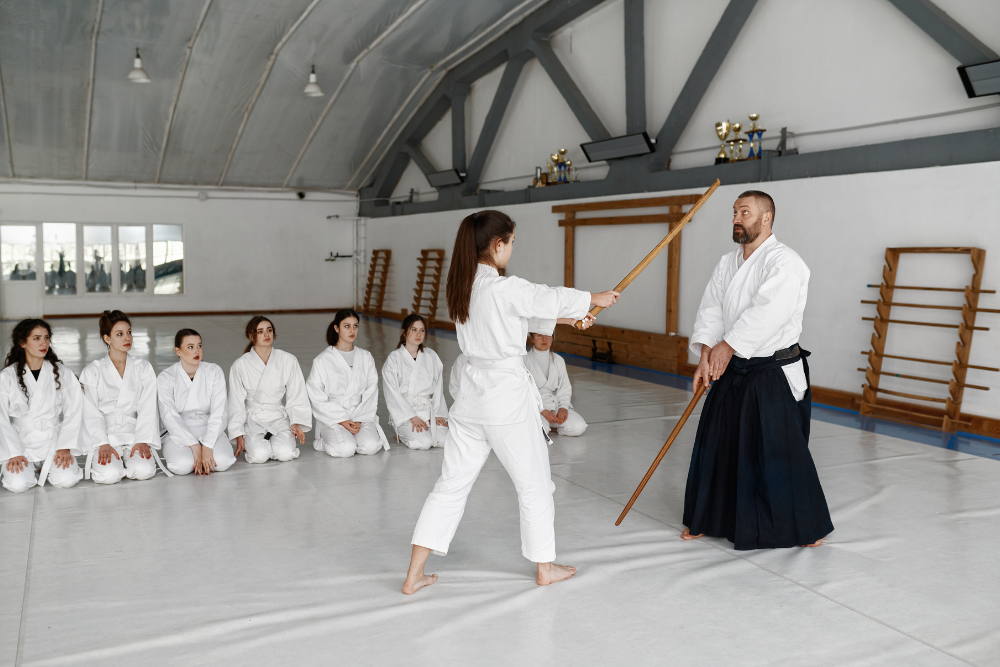
1. What to Wear
- Comfortable sportswear or loose-fitting clothing.
- Some places provide traditional samurai attire.
- Avoid open-toed shoes—sports shoes or tabi socks are ideal.
2. Do You Need Prior Experience?
- No martial arts background is required.
- Classes are designed for beginners, with instructors guiding each step.
3. Booking Your Class
- Many sword-fighting experiences can be booked online through:
- Viator
- Airbnb Experiences
- Official dojo websites
- Prices range from ¥5,000–¥15,000 ($35–$100 USD) per session.
4. Are Real Swords Used?
- Most classes use wooden (bokken) or practice katana for safety.
- Advanced classes might offer training with a real katana under strict supervision.
Conclusion
Taking a samurai sword-fighting class in Japan is an immersive way to experience the country’s legendary warrior traditions. Whether in Tokyo, Kyoto, or Osaka, you can step into the shoes of a samurai, learning the fundamentals of katana combat, historical techniques, and even theatrical swordplay.
From Kenjutsu to Kembu, these lessons provide both an educational and entertaining experience, making them a must-try for history enthusiasts, martial arts fans, and anyone seeking a unique adventure in Japan.



